London to Cairo Trans 42 Weeks - Itinerary
On this trip we are schedule to visit or pass through 32 countries
Gibraltar, Spain, Morocco, Mauritania, Senegal, Mali, Ivory Coast, Ghana, Togo, Benin, Nigeria, Cameroon, Gabon, Republic of Congo, Cabinda, Angola, Namibia, South Africa, Lesotho, Eswatini, Mozambique, Botswana, Zimbabwe, Zambia, Malawi, Tanzania, Kenya, Uganda, Ethiopia, Djibouti, Sudan, Egypt
Week 1-4: Europe, Morocco
We start the trip in Gibraltar, or Morocco. Crossing the straits of Gibraltar to Morocco, we visit the coastal capital city of Rabat and visit Casablanca. Meknes, on the high plains is of the many ancient walled cities with covered markets and a labyrinth of narrow winding streets. We visit the ancient Roman ruin of Volubilis, followed by Fes, Marrakech and the Atlas Mountains.
Week 5: Mauritania
We pass into the Sahara Desert and follow the Atlantic Coast - it is never forgotten; oases with cool water surrounded by palms, stretches of sand as big as a small country, old forts, camel trains following centuries old trading routes, and a night sky undiluted by city lights. We are touching on the western fringes of the Sahara Desert here - an enormous desert which, incredibly, is the size of the United States We go miles off road, sometimes digging the truck out of the soft sands to get through. - and have to contend with sand dunes, salt pans and mud flats before crossing over the Senegal River to Senegal
Week 6-8: Senegal, Mali, Ivory Coast
We enter the Sahel; the vast semi arid desert that separates the Sahara from the forests of black Africa and cross the Senegal River into Senegal. We reach St Louis on the coast and the capital Dakar with its great night clubs.
We follow the border of Gambia to the west of Senegal and head down the road less travelled to the mountainous Guinea and Cote d’Ivoire. Ivory Coast and the magnificent Basilica of Our Lady of Peace in Yamoussoukro, modeled on St Peters Basilica in the Vatican. Then to Abidjan, with an impressive skyline of high rise buildings, and oceans where we can camp on the beach.
Week 9-10 Ghana
Both routes meet in Ghana being the first English-speaking country Ghana, is a particular favourite, the people are so warm and hospitable - lots of fantastic seafood too! The tree-top canopy walks of the Kakum Forest Reserve and widely available drumming lessons are now a firmly established. We cross the jungle to the beaches of the Gold Coast and visit the slaving forts.
Week 11-12: Togo, Benin, Nigeria, Cameroon
Togo and Benin are only fifty miles wide. Here the religion is the African tradition of Voodoo. On Nakoue Lagoon you can take canoes to visit the fishing village of Ganvie. We enjoy the huge bustling markets and visits to the stilted village-in-a-lake built high above the water on bamboo poles, and the fetish market in Lome (home of voodoo). There are mud fortresses in the north to the home of voodoo, Togo and Benin, despite being tiny countries have a lot to offer.
Nigeria is the most populous country in Africa, with 225 million people. With its often dubious reputation, Nigeria will be one of the countries that surprises you the most. The people are dynamic, clever and fun, and very welcoming of tourists.
Depending on our route through Nigeria you may have the chance to visit national parks, warm springs, wildlife conservation projects, and the sacred grove in Oshogbo. We visit Lagos, the commercial capital and largest city in West Africa and head on to Abuja the political capital, then time at Wikki Warm Springs to relax for a few days. Leaving the warm springs we head to Calabar, passing the outskirts of the Cross-River National Park.
Week 13-14: Cameroon
Entering Cameroon, we stay on the beach at Limbe. For those that are adventurous, you can climb West Africa's largest mountain, Mount Cameroon. From the coast we visit the capital Yaounde.
Week 15-17: Gabon, Republic of Congo, Cabinda (Angola)
Leaving Yaounde, we cross into Gabon, a country which consists mostly of tropical rain forests. To the Republic of Congo. Driving through bamboo forest tunnels we make our way back to the coast reaching Pointe-Noire. Here you can visit the Jane Goodall Chimp sanctuary, or relax on the beach.
Week 18: We enter Cabinda the oil rich exclave of Angola with the Congo to the East and the Atlantic to the west; where you can watch the flames burning off from the offshore oil rigs.
Week 19-20: Angola
Angola is one of the largest and least visited countries in Africa. The people are friendly and the views astounding. Driving along the red mud roads we reach the coast and the capital Luanda, it’s very Portuguese in its buildings and Brazilian in its beach attire with a line of beach bars and restaurants in the bay. We follow the coast passing lots of waterfalls on the way to Lubango town 2000 meters high on a plateau. It is home to the third of the great statues of Jesus; the others being in Rio and Lisbon.
Week 21-22: Namibia
Entering Namibia, we encounter a vast array of environments and cultures. Once occupied by Germany, Namibia produces a blend of German, African and Afrikaans influences. The Himba peoples of the North are most noted for their red ochre body paint and their traditional lifestyle.
Etosha Pan National Park. Thousands of years ago this vast saltpan was a lake, until the Kunene River changed its course and deprived the lake of its water source. Now the pan and surrounding bush support large numbers and a wide range of wildlife. We spend a couple of day's game viewing from the truck during the day and spend the evenings around the floodlit water holes at the park's campsites. These water holes provide an excellent opportunity to observe animals that are hard to find during the day, particularly rhino and also smaller animals such as the genet. Elephant, lion, giraffe, zebra, oryx, ostrich, springbok, jackals, hyenas and meercats are also likely to be seen at Etosha.
From wild animals to tame ones, we spend a night at the Cheetah Farm where you can scratch the big cats behind the ears before watching them take their evening meal
Heading for the Atlantic Ocean Coast, we visit Africa's largest cape fur seal colony at Cape Cross. Swakopmund is an old German colonial seaside resort with plenty of things to do for the energetic and plenty of beer cellars for those after a more relaxing time. The energetic can go horse-riding or sand boarding on the dunes, deep sea fishing in the Atlantic or scenic flights over the coastline.
Heading inland, we enter the Namib Desert, famous for the 300m high sand dunes. We enjoy sunrise at the top of the most photographed dune, Dune 45 before taking a tour with local guides into the remote parts of Sossusvlei.
After an overnight stay in the desert we drive south to Fish River Canyon, at 85km long and 400m deep it's second in size only to the Grand Canyon. You can trek down to the bottom of the canyon and, from the viewpoints at the top, watch the setting or rising of the sun. There are seasonal hot springs in the south at Ai Ais. Our last stop in Namibia is the Orange River, which forms the border with South Africa.
Week 23: South Africa
Crossing the river we arrive in South Africa and travel south through Namaqualand, South Africa's prime farming areas. We drive through the mountain valleys of the Cederberg and stony semi-deserts before arriving in Stellenbosch, the centre of one of the Cape's many wine routes. A wine tour with plenty of tasting makes for a great day out.
Cape Town
It's a beautiful city, nestled at the foot of Table Mountain; plenty of cafes, pubs, clubs, markets and sights. You can climb the mountain or take the cable car to the top for some wonderful views of the city and the Cape Peninsula and visit Robben Island
Week 24: South Africa, Cape Town – Weeks break in Cape Town
WEEK 25: Cape Town to Little Karoo & Addo National Park
To the Cape of Good Hope, and the Cape peninsula. Walk up to the upper lighthouse, or ride on the Flying Dutchman Funicular for some spectacular views. On to Hermanus; now Gansbaai, for whale watching, shark cave diving and Dyer Island Nature Reserve. Cape Agulhas the most southern tip of Africa – the dividing line between the warm Indian Ocean and the cool Atlantic.
Between August to December Southern Right and Humpback Whales can be seen off the southern coast. From Cape Agulhas we pass through the Outeniqua Mountains to the Little Karoo – we will visit an Ostrich farm to see the worlds largest bird. We explore the Cango network of calcite caves
South Africa’s Garden Route – through Knysna, on its lagoon and Tsitsikamma Forest; where you will be able to hike along the coast and view the crashing waves at the mouth of the scenic Storms River to see dolphins and whales in the ocean. Optional excursions in this region include mountain biking, black water tubing, and bungee jumps at Bloakrans Bridge – the highest jump in the world at 216 metres. Along the coast to Addo Elephant National Park – home to the BIG 7 – lion, rhino, elephant, leopard, buffalo, whale and shark.
WEEK 26: The Free State, Lesotho and Eswatini
On to the rugged and remote Wild Coast and the seaside village of Cintsa, on the Cintsa River. A free day on sandy beaches, canoe the river, hike, or horse ride.
Lesotho is a mountain kingdom surrounded by South Africa. Tremendous scenery and the mountain air crisp and fresh.. We stay at Malealea Lodge, a countryside retreat, high in the mountains. With waterfalls, rock pools ideal for swimming, and peaceful hikes in the surrounding hills and pony trekking. We drive through the lowlands of Lesotho and visit Thabo Bosiu or Mt. Moorosi; a mountain stronghold, which was the home of Chief Moshoeshoe, the founder of the Basotho nation. On to Lesotho’s tiny capital Maseru, and South Africa.
The Royal Natal National Park on the edge of the Drakensburg Mountains has an impressive natural Amphitheatre of massive rock walls. The Tugela River plunges spectacularly over the edge of the Amphitheatre wall, dropping around 800m through a series of five falls.
We cross from Lesotho to South Africa and on to Swaziland, now Eswatini a traditional country, with one of the last African monarchies. Magnificent highveld scenery, with rolling uplands with impressive valleys and gorges. Great hiking is available through the wilderness.
WEEK 27: Eswatini, Mozambique, South Africa to Chobe, Botswana
From Eswatini you can visit Maputo, Mozambique which is just a few hours away. We re-enter South Africa and head west through the Afrikaaner farming heartland, and on to Johannesburg for a visit. From Johannesburg we drive north west to Botswana on the Trans Kalahari highway towards Chobe on the Zambezi River
We spend a night by the banks of the Chobe River, in Kasane. Here hippo, buffalo and crocodiles share the river bank and occasionally pay us a visit through the night. Here you can take a sunset cruise on the river or take an afternoon game drive through the park, and see some of Africa's largest elephants and big cats.
Week 28-29: Zimbabwe, Zambia, Malawi
Entering Zambia, we reach the Victoria Falls, where the Zambezi River plunges 100 metres down a mile wide chasm, creating one of the most incredible natural wonders of the world. The local name for the Falls is 'Mosi-oa-Tunya' which means 'the smoke that thunders' and you'll soon find out why. When the river is in full flow, the falling water causes a huge roar and sends a cloud of spray up to 500 metres into the air.
We stay near Livingstone beside the Zambezi and above Victoria Falls, for a few days, as there is so much to see and do. Adventure activities abound - you can bungee jump, white water raft, take a Microlite flight above the falls, sky-dive and go game-viewing on horseback. More sedate excursions include canoeing, light aircraft or helicopter flights over the falls, and the sunset cruise on the Zambezi. Of course, the falls themselves are the main attraction and you can walk through the rain forest along the cliff opposite for an excellent view.
South Luangwa National Park
Along the Great East Road to Chipata, a full day’s drive and South Luangwa National Park on the Luangwa River is well worth the visit. Recent trips have seen:- elephants, giraffe, wild dogs, leopards, lions, and buffalo. We camp just beside the park and we game drive into the park.
Lake Malawi
Crossing the border into Malawi, we soon reach the shores of its huge lake. The campsites and small resorts along Lake Malawi offer sandy beaches, swimming and snorkeling, water skiing and walking in the surrounding countryside. You will also find markets selling beautifully carved Malawi chairs, tables and other souvenirs.
Week 30-32: Tanzania, Kenya - Nairobi
Heading north through Tanzania, our route takes us through Mikumi National Park where we may well see giraffe or pygmy elephants grazing along the roadside. At Dar es Salaam on the Indian Ocean coast, we can cross to Zanzibar Island. Here is the old stone capital of the Omani Sultanate and away from the town are stunning beaches, and World Heritage Listed buildings, forests and ruins. You can take a spice tour of the island, go diving, swimming with dolphins or visit remote islands by the traditional dhow boats.
Heading inland we pass Africa's highest peak - Mt Kilimanjaro, at the base of the mountain you can walk to waterfalls and markets. Or if you’re feeling energetic climb the mountain.
From Arusha we hire Landrovers to visit the Ngorongoro Crater & Serengeti National Park, which has the heaviest concentration of plains game found all over East Africa.
Week 33: A week’s break in Nairobi – you can take the train to the coast
Take a fast daytime SGR – standard-gauge railway newly built, by Chinese, from Nairobi to Mombasa. Leave 8am, arrive 500 km in Mombasa in 5 hours by the Indian Ocean. Look out for big game while you ride the rails through Kapiti plains and Tsavo National Park. Find out more about this side trip – railway journey with The Man in seat 61
On Mombasa Island is the Old Town and Fort Jesus overlooking the harbour inlet. It was built by the Portuguese who were the first Europeans to invade the lands surrounding the Indian Ocean in the late 16th century. Mombasa changed hands a number of times, originally base for the Portuguese, Arabs and British who came to East African for spice, ivory and slaves. North and south of are beaches with low key resorts - a perfect hangout for a few days.
Week 34-35: Kenya, Uganda
Leaving Nairobi we pass the dramatic landscape of the Rift Valley to the highlands of Kenya.
Uganda Crossing the border at Malaba we drive through rain forests and tea and sugar plantations to Uganda's capital, Kampala. Crossing the equator we camp on the shores of Lake Bunyonyi, the deepest crater lake in Uganda. We climb through lush terraced hills to Kisoro, from here we trek the famed Mountain Gorillas or you could visit Mgahinga National Park for a day hike up a volcano or a guided nature trail. We meander back to Lake Bunyonyi to relax, canoe, mountain bike and swim.
In the modern bustling city of Kampala you may wish to visit the National Museum, the Kasubi Tombs of the Buganda people. Crossing the Owen Falls Dam we arrive at Jinja on the shores of Lake Victoria. Spend an action-filled day white water rafting down the Nile, bungee jump, fish on Lake Victoria, take a guided village walk; or give up a day of your holiday to volunteer for the local community education project.
Kenya
Returning to Kenya and Nakuru Town, the capital of the Rift Valley Province. You can visit Lake Nakuru, viewing game in a park famous for its soda lake surrounded by thousands, sometimes millions of pink flamingoes. We move on to camp on the shores of Lake Naivasha where hippos come to graze in the evenings.
Close by is Hell's Gate National Park and Elsamere, once the home of Joy Adamson and Elsa the lion of 'Born Free' fame. From here we return to Nairobi with the chance to feast at the renowned Carnivores Game Restaurant.
Week 36: Kenya
We visit the base of Mount Kenya and continue north through the Northern Frontier District of Kenya, a restricted area; semi-arid with a spectacular diversity of people, wild game on the road side and a warm dry climate
Week 37-38: Ethiopia
We enter Ethiopia at Moyale cross border town to the Oromia Region, the home of the Oromo tribe or nation. The Oromo people number around 35 million; more than many modern states.
In the south of the country we pass Mega town, then at Yebelo we leave the highway to take a little used road, deep into the ‘Southern Nations, Nationalities, and Peoples' Region’ of Ethiopia. Where some ten million people live in over 40 very different ethnic groups; most in a traditional lifestyle. We spend a few days in the area; passing the towns of Konso, to Turmi and Omarate, to head north to Jinka. You can take a local guide to visit, on a mutually understandable footing, the traditional cultural villages and homes of the local people. The local people you will find here include the Hamer, Mursi, Dassenech, Benna, Aari and Karo.
We climb the mountains into the highlands and follow the Rift Valley Lakes to the capital; Addis Ababa.
Visit Djibouti by train
While in Addis take in another country on a side trip by train to Djibouti. A rail journey on the new train from the Ethiopian capital to the Djibouti and coast through the desert to the Red Sea
Addis Markets
Visit the massive open air market of El Mercato, it’s a local produce market displaying foods and locally made goods from all over the country.
Bahir Dar Island Monasteries, Lake Tana, Blue Nile Falls
Take boats to visit Bahir Dar Monasteries on islands on Lake Tana the source of the Blue Nile, with hippos and crocs at the outflow of the river. Tissisat Falls is the source of the Blue Nile. We visit Gondar; a city of castles and churches. You can take a Landrover to visit the Simien Mountains where you can horse trek and see grazing Gelada Baboons.
Week 39: Sudan
We enter Sudan following the Blue Nile to Gedaref then Khartoum where the Blue & White Nile join; watch dervish dancing or even join in the Nubian wrestling - safer just to watch. We visit the Pharonic Pyramids of Meroe in an un-spoilt seldom visited desert. We drive across the Bauda Desert sands through friendly villages on the Nile. From Wadi Halfa we take a ferry across Lake Nasser to Aswan in Egypt.
Week 40-41: Egypt - Cairo - Pyramids & Sphinx
In Aswan we visit the High Dam & Philae Island Temple. Luxor, we visit Karnack Temple the Colossi of Memnon and the Valley of the Kings with Tutankhamen's Tomb. We do a big day trip to the monuments on friendly happy donkeys. They tend to walk off home alone after we arrive at the Valley of the Kings leaving us free to do the rest of the day in a bus. From Luxor we take the road east to the Red Sea coast
The Red Sea Riviera has a warm sea, with thousands of miles of beaches and coral reefs and historical sites. We stop at one of the resort towns on the way; Safaga or Hurgada; from where you can take a boat to one of the sandy off shore islands to snorkel above the coral reefs.
Deep in the Red Sea Mountains Eastern Desert is the Monastery of Saint Anthony, a Coptic Orthodox oasis monastery it’s one of the oldest monasteries in the world.
We pass the town of Suez, the beginning of the canal of the same name, watching the tops of the ships cross the desert sand while hull of the ship is deep in the canal is quite a sight.
To Cairo where we spent a few days to look at the; markets, the best mosques in the Middle East, a fortress citadel, great pyramids in Giza and the immense collections of the Cairo Museum.
Take a side trip to the Mediterranean Coast at the end of the trip
Cross the desert to Alexandria on the Delta of the Nile and the Mediterranean Sea, originally a Greek city founded by Alexander of Macedon. Not over visited by tourists, it has some great sites to visit; including its city beaches. Other must sees are; the rebuilt library of Alexandria, Fort Qaitbey, a Mamluk fortress on the harbour, Montaza Palace gardens and many museums
Just one hundred kilometers west of the Alex is the railway halt of El Alamein. In the WW2 this was the site of two decisive battles between Commonwealth and Axis forces. It is considered to be the turning point of WW2.
For an updated dossier and information on visas, vaccinations, spending money, optional excursions and other useful information please contact us.
Of all the trips we run this is the most likely to have a change of route due to local conditions and visa requirements. Africa is an unpredictable continent. We do not have a fixed itinerary so please treat the information given as a guideline only. Although our information is written in good faith at the time of printing, our route may vary at any time due to weather, politics or road conditions.
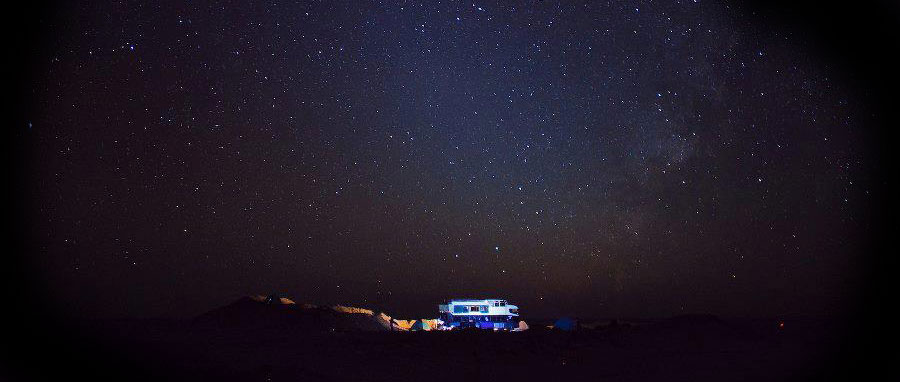
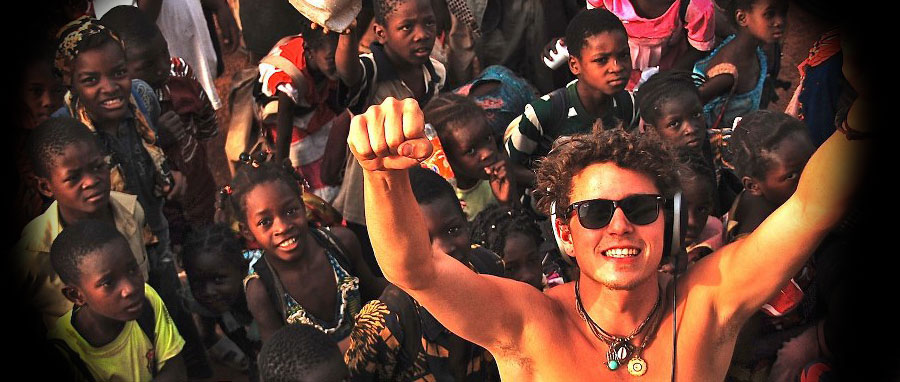
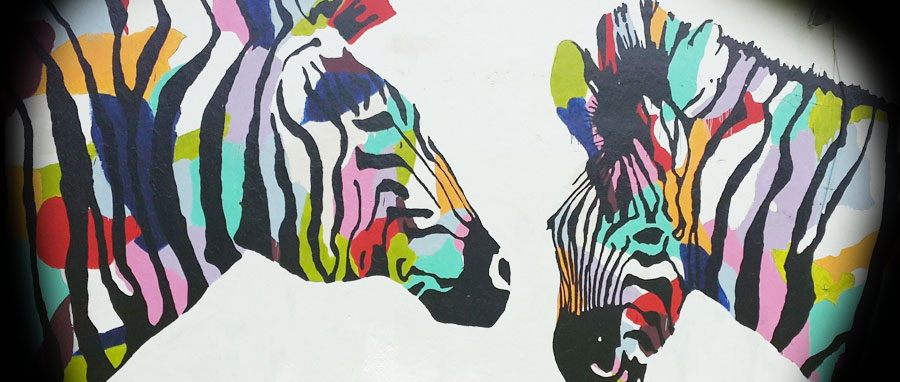
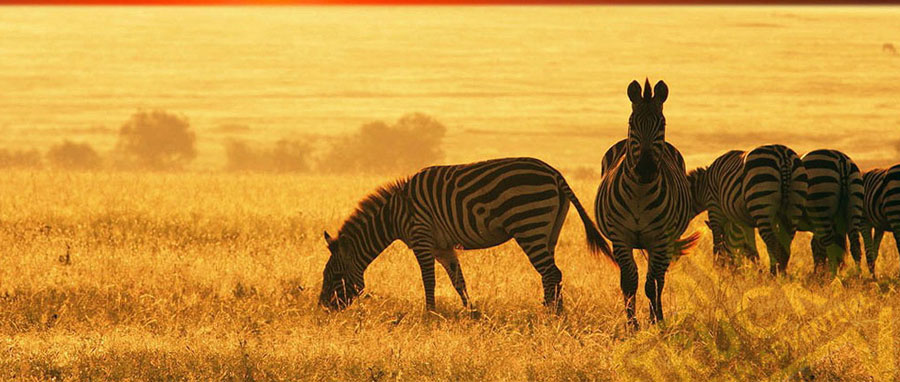
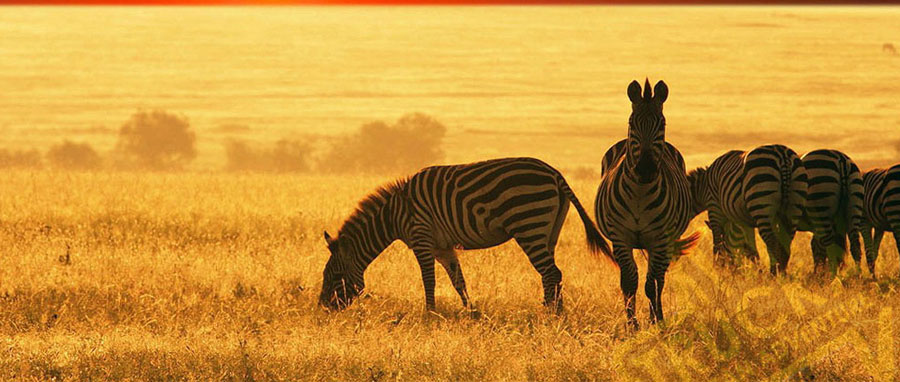
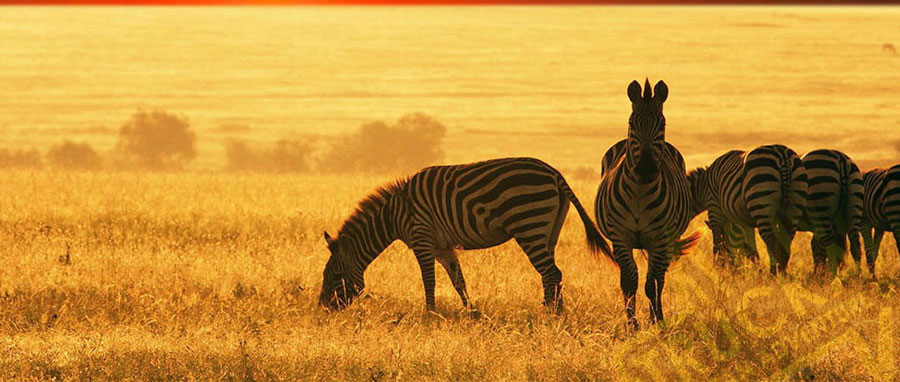
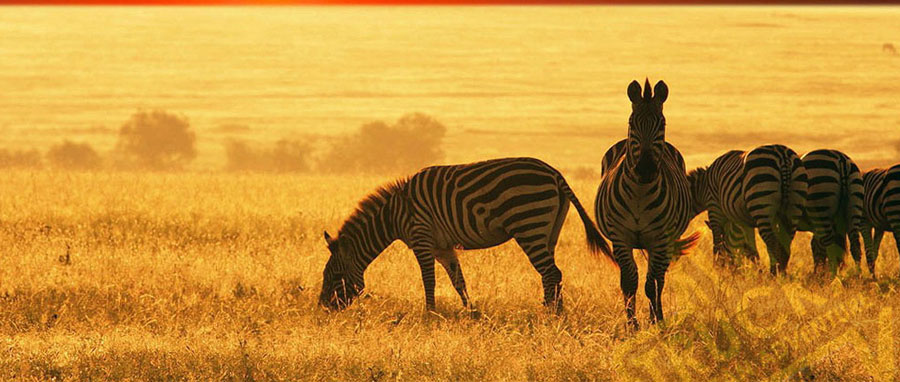
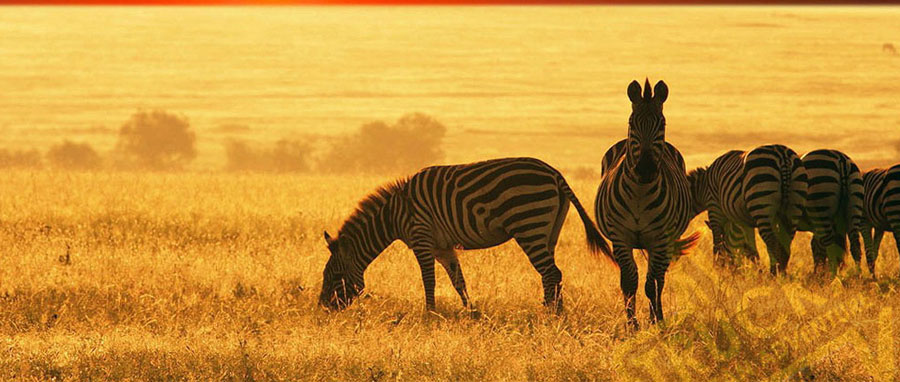
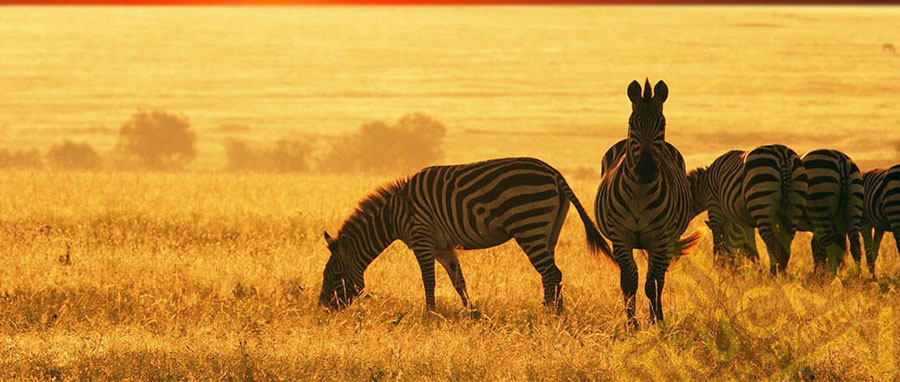



_adaptiveResize_624_288.JPG)
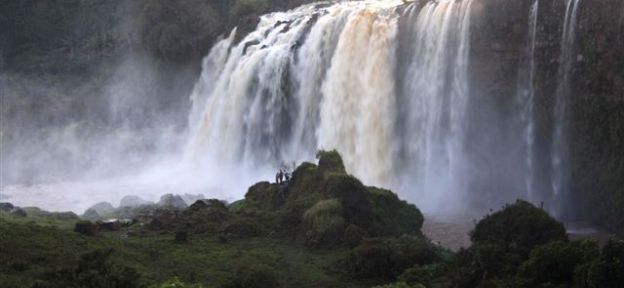
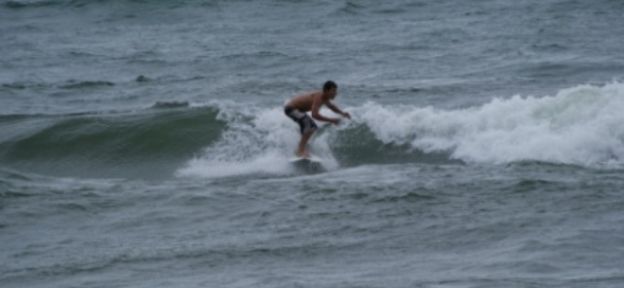
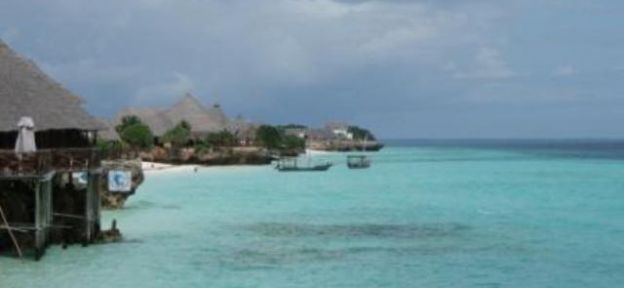
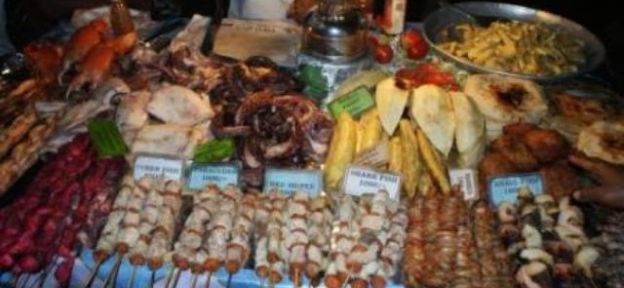
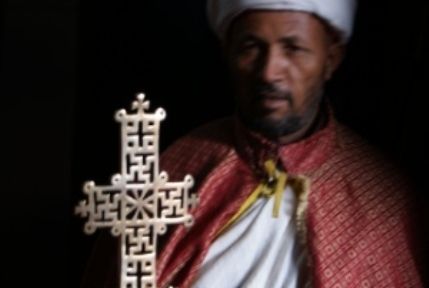
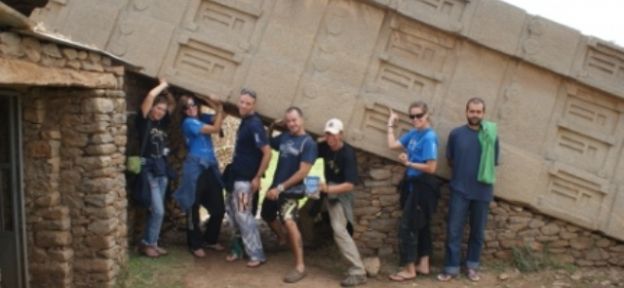
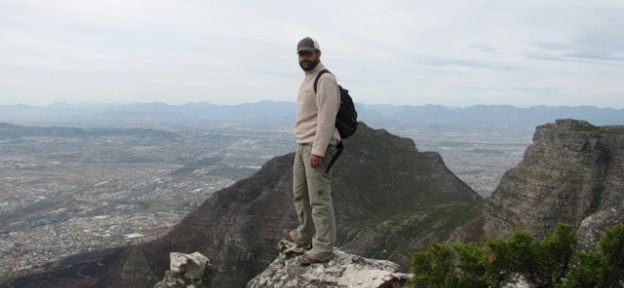
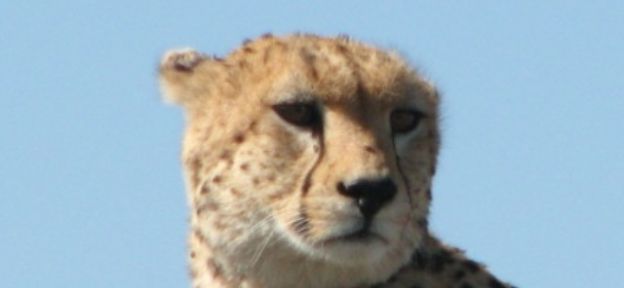
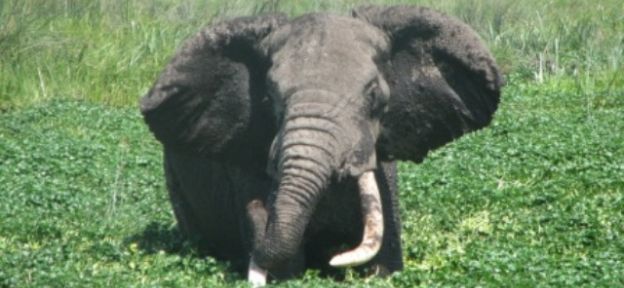
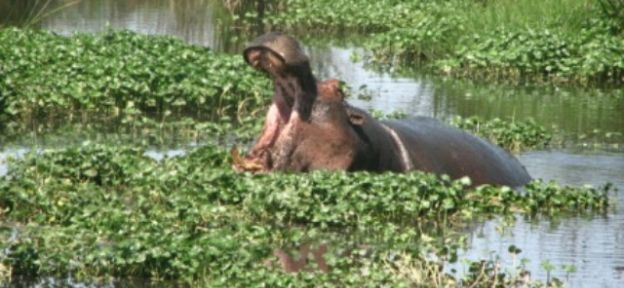
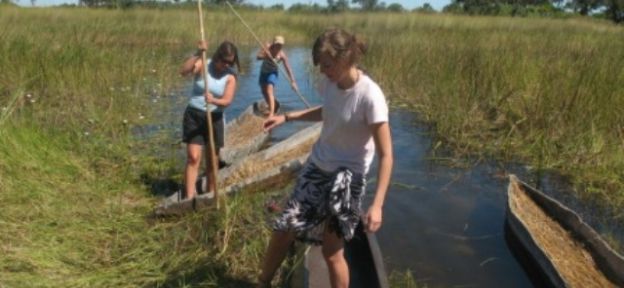
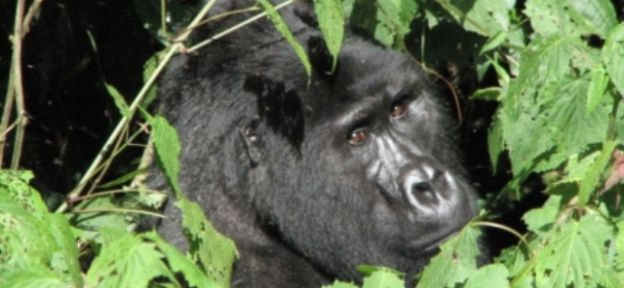
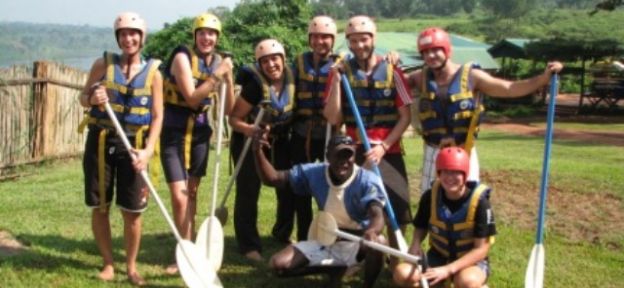
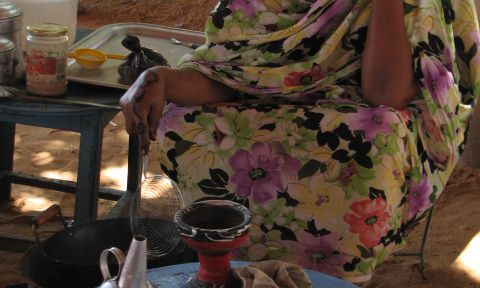
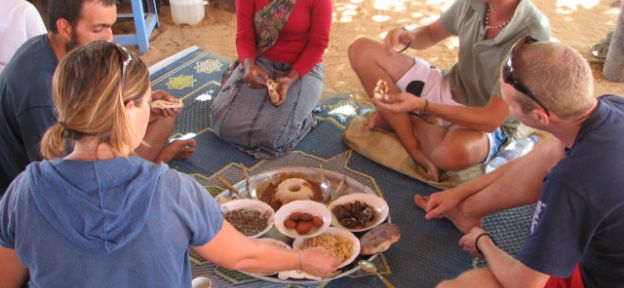

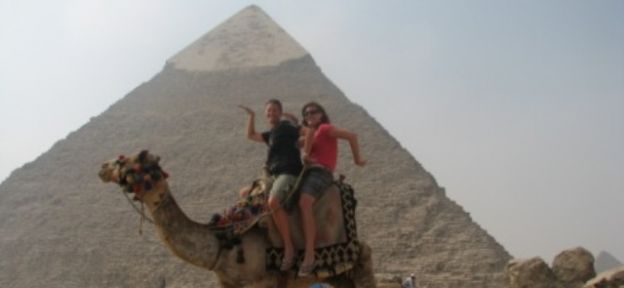
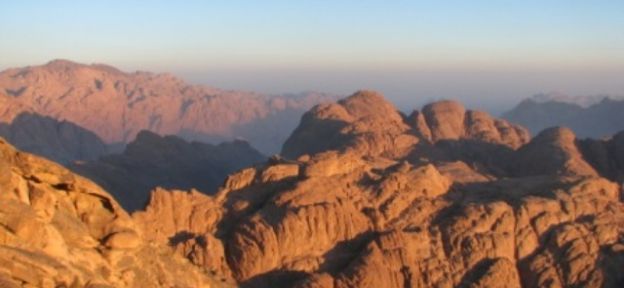
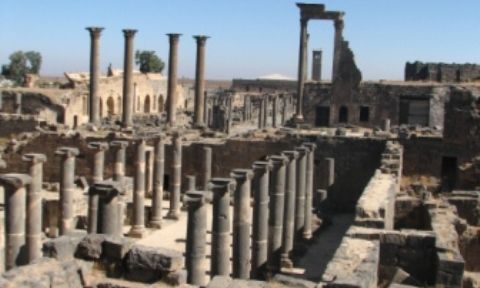
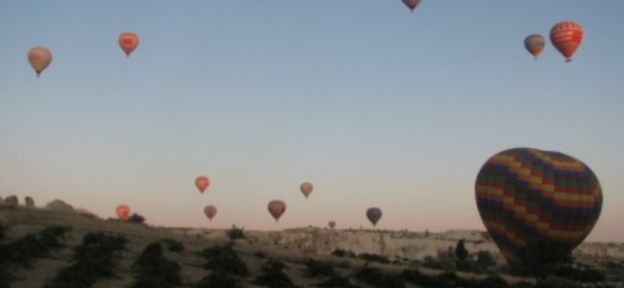
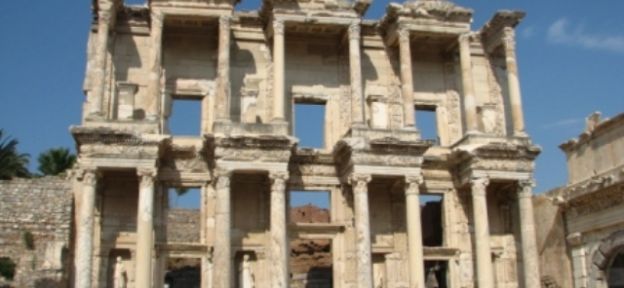
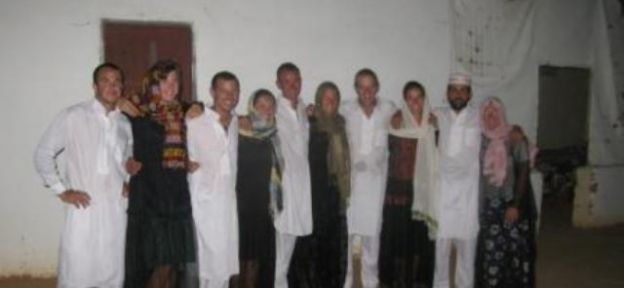
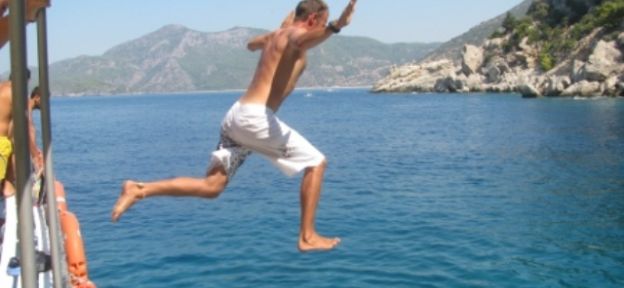
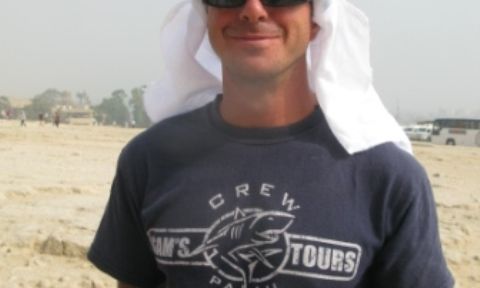
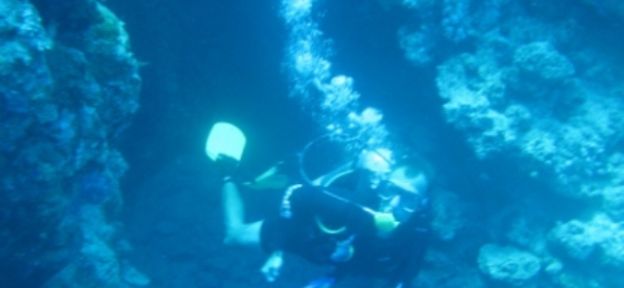
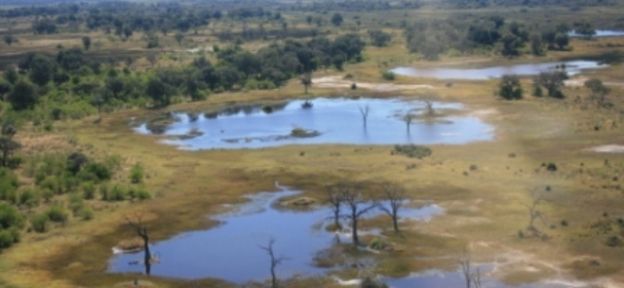
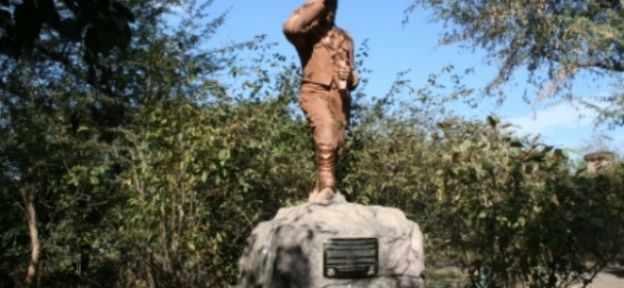
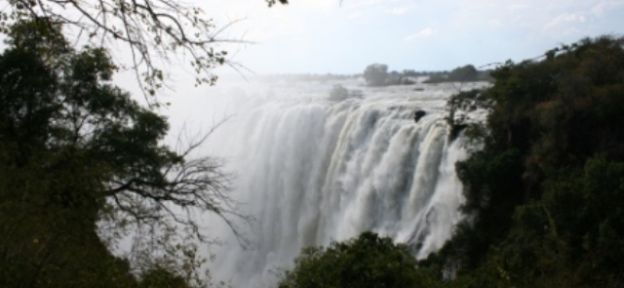
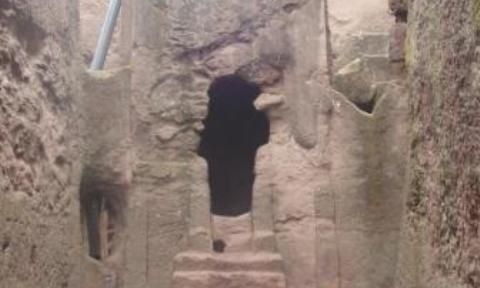
_adaptiveResize_624_288.JPG)
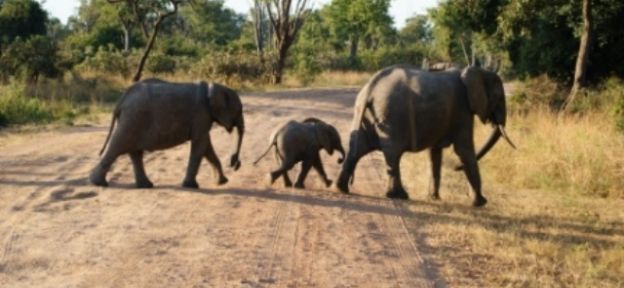
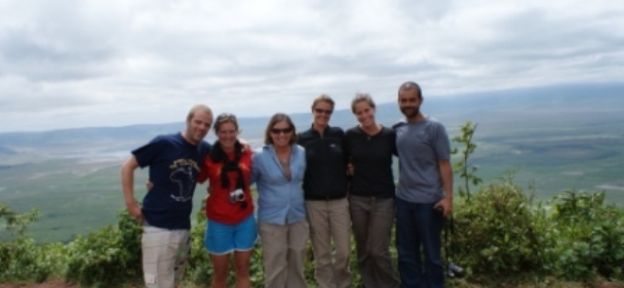
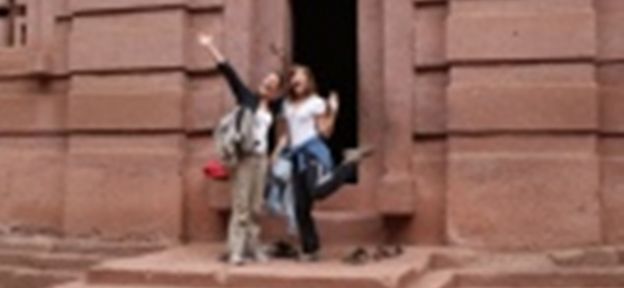
 Print this Page
Print this Page